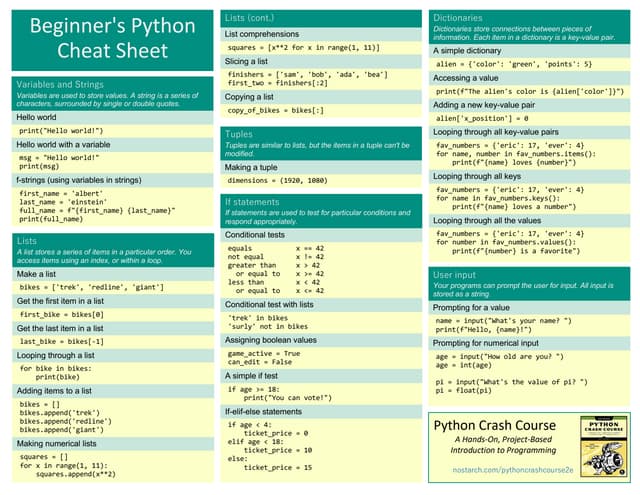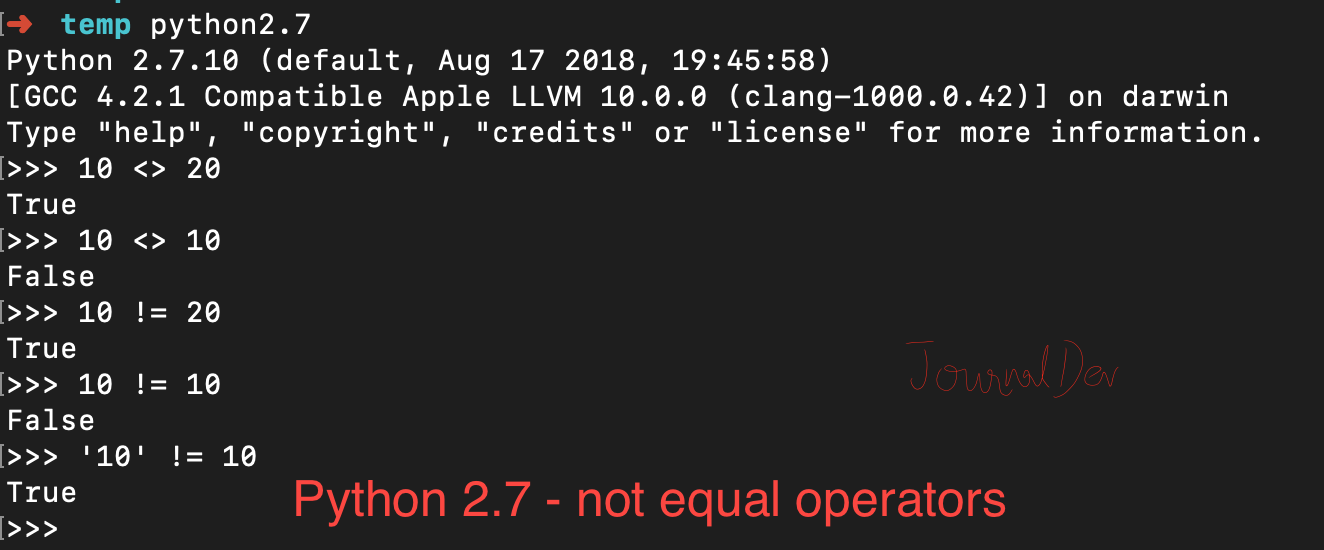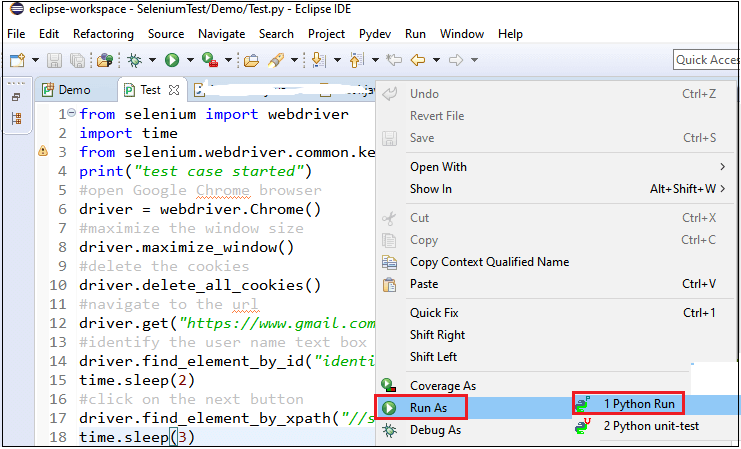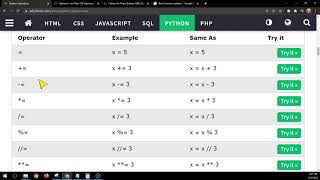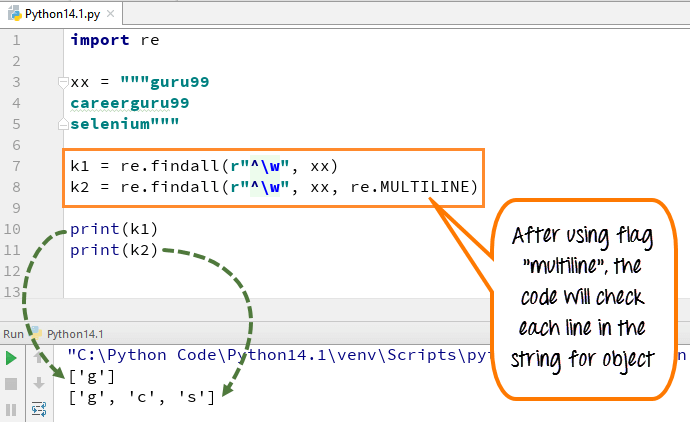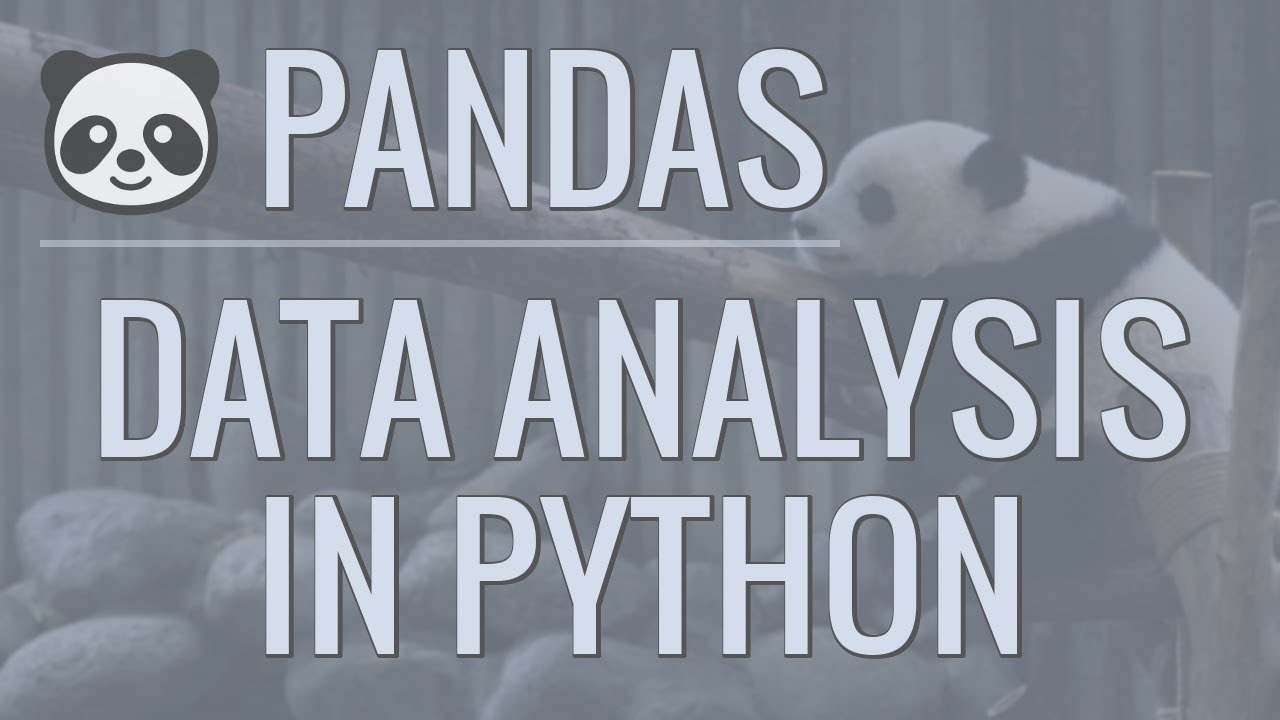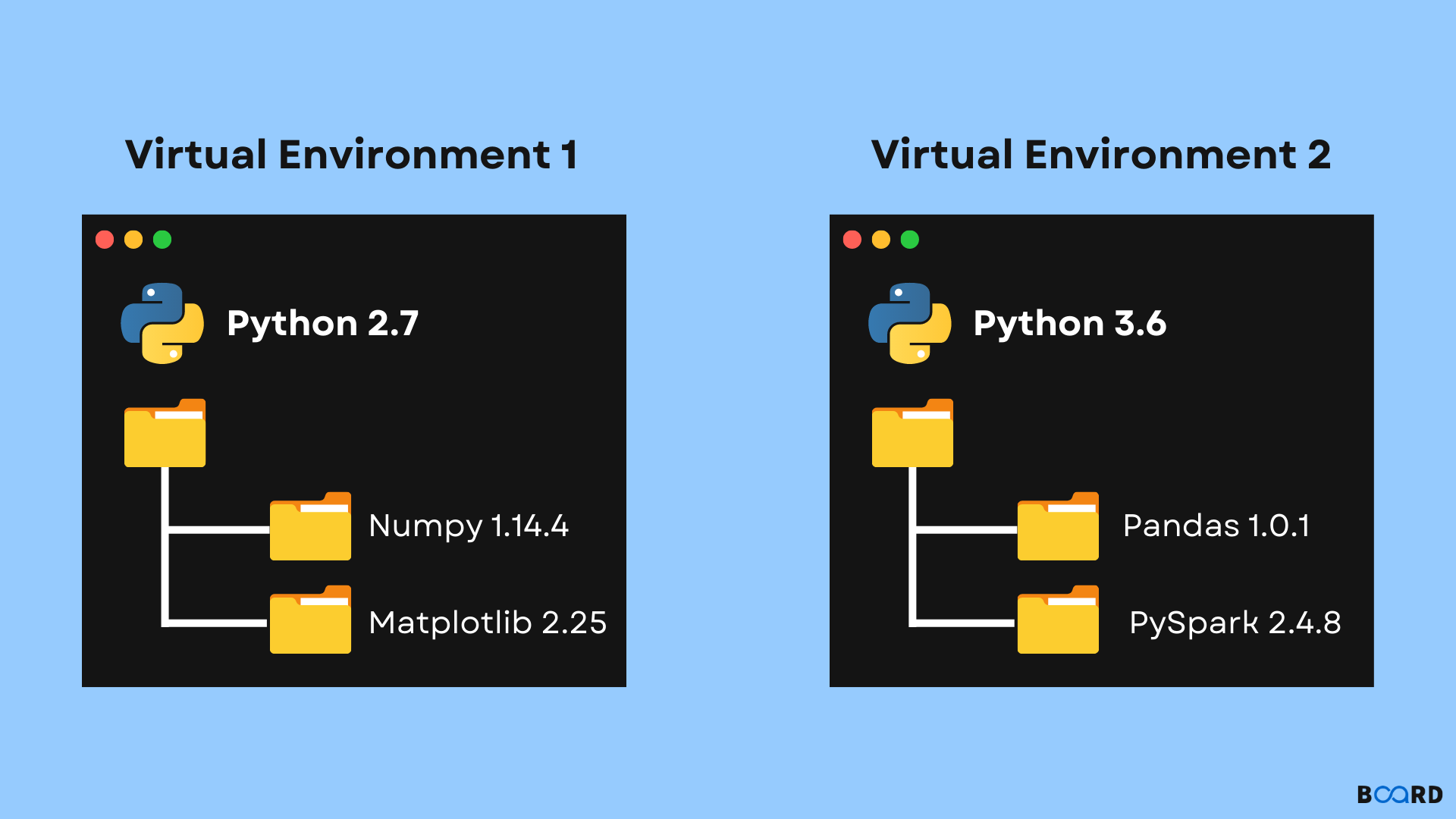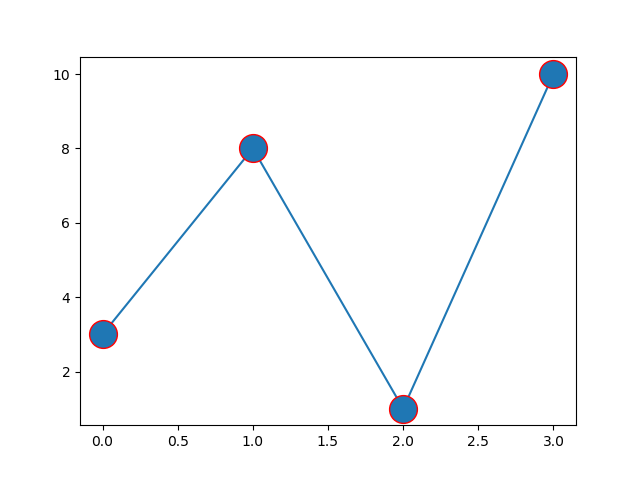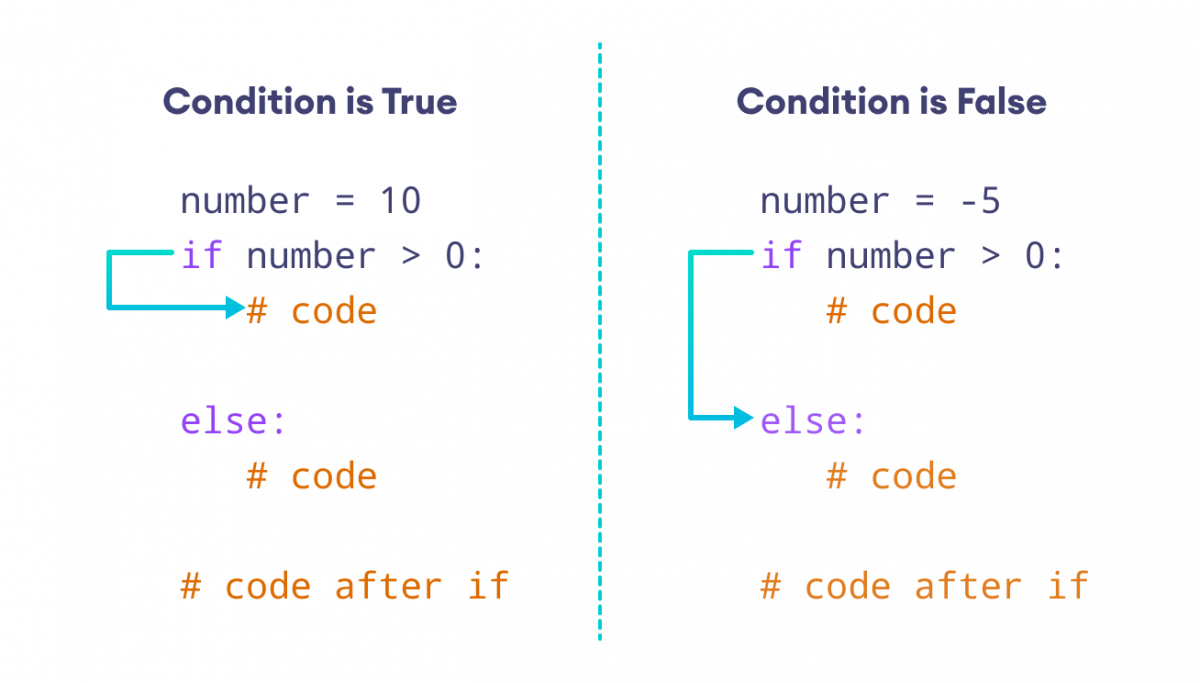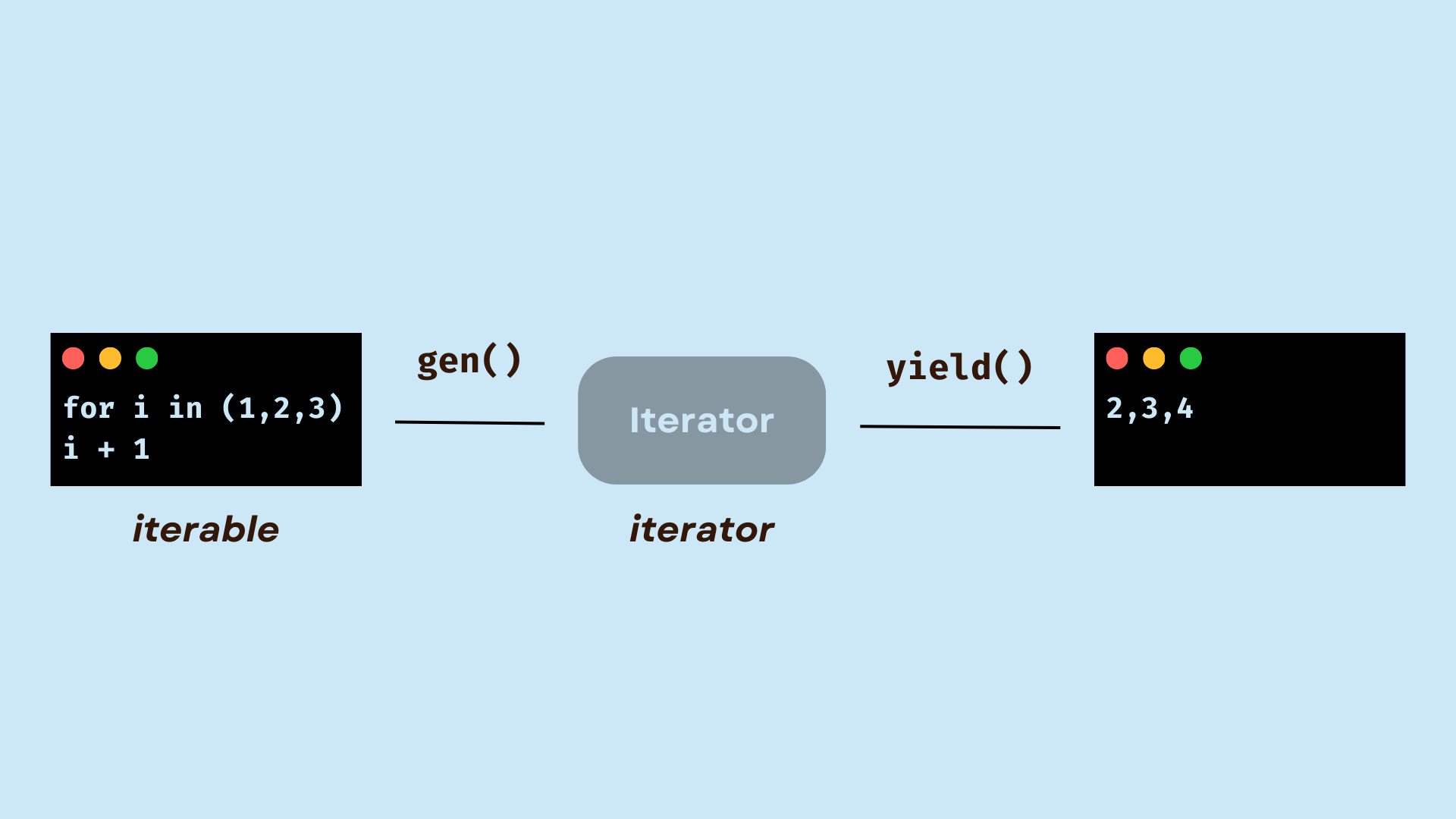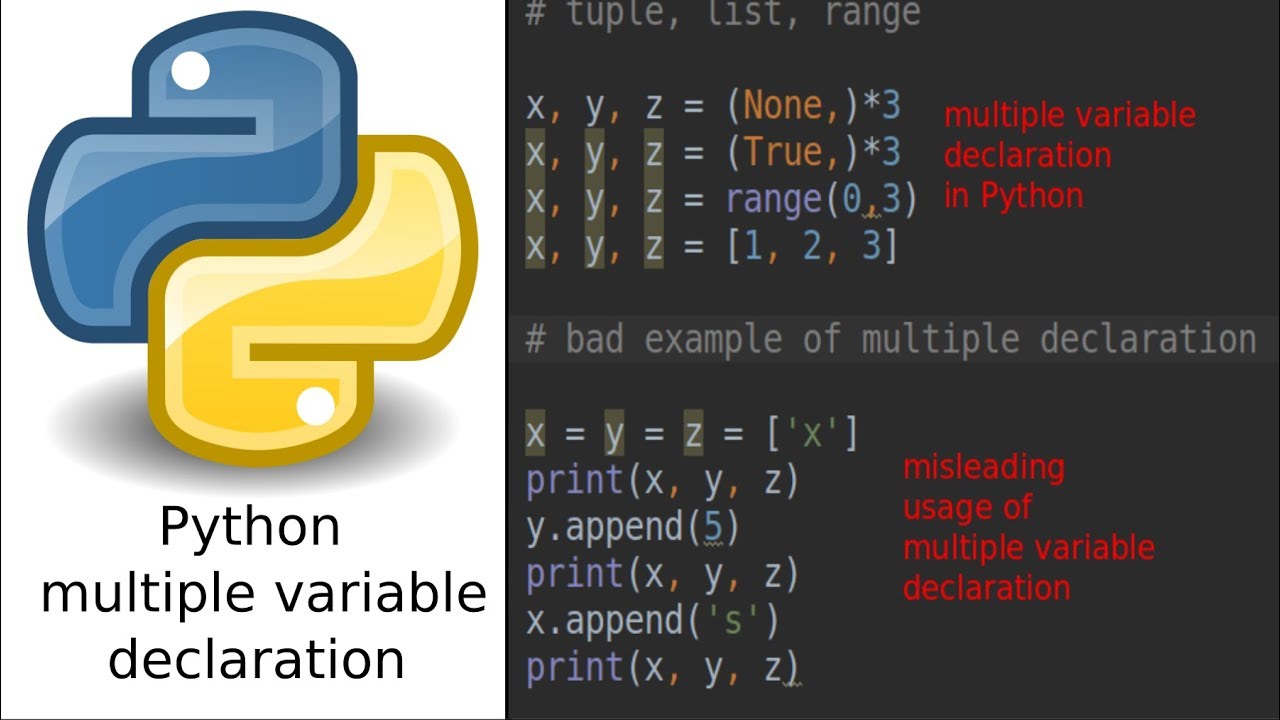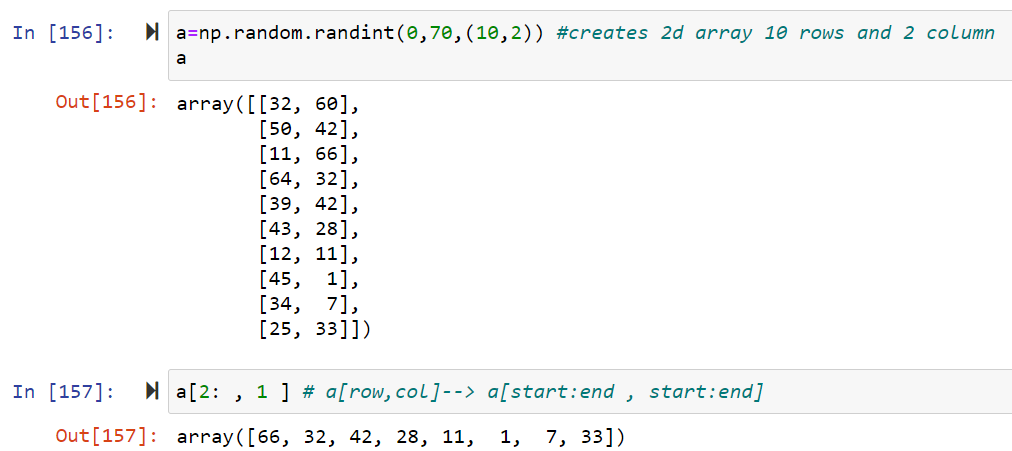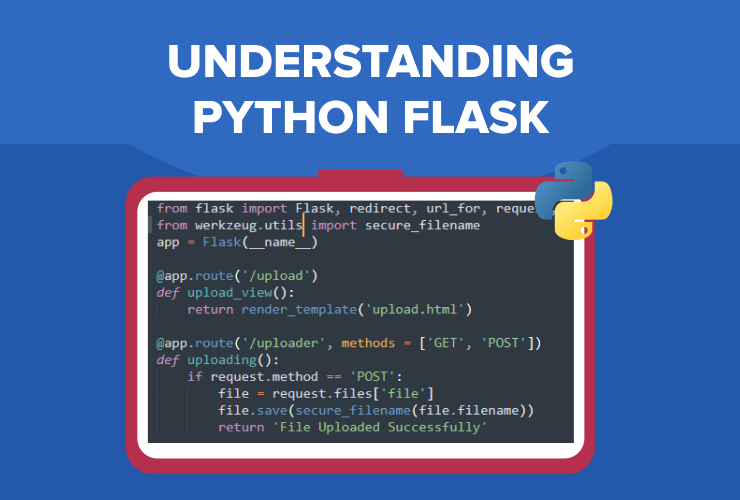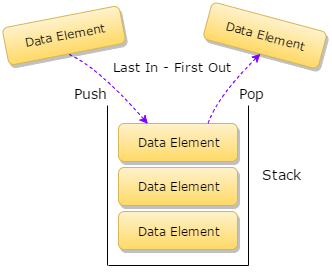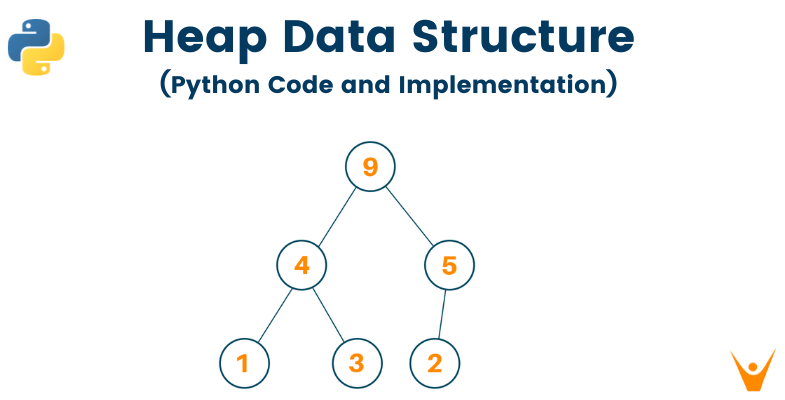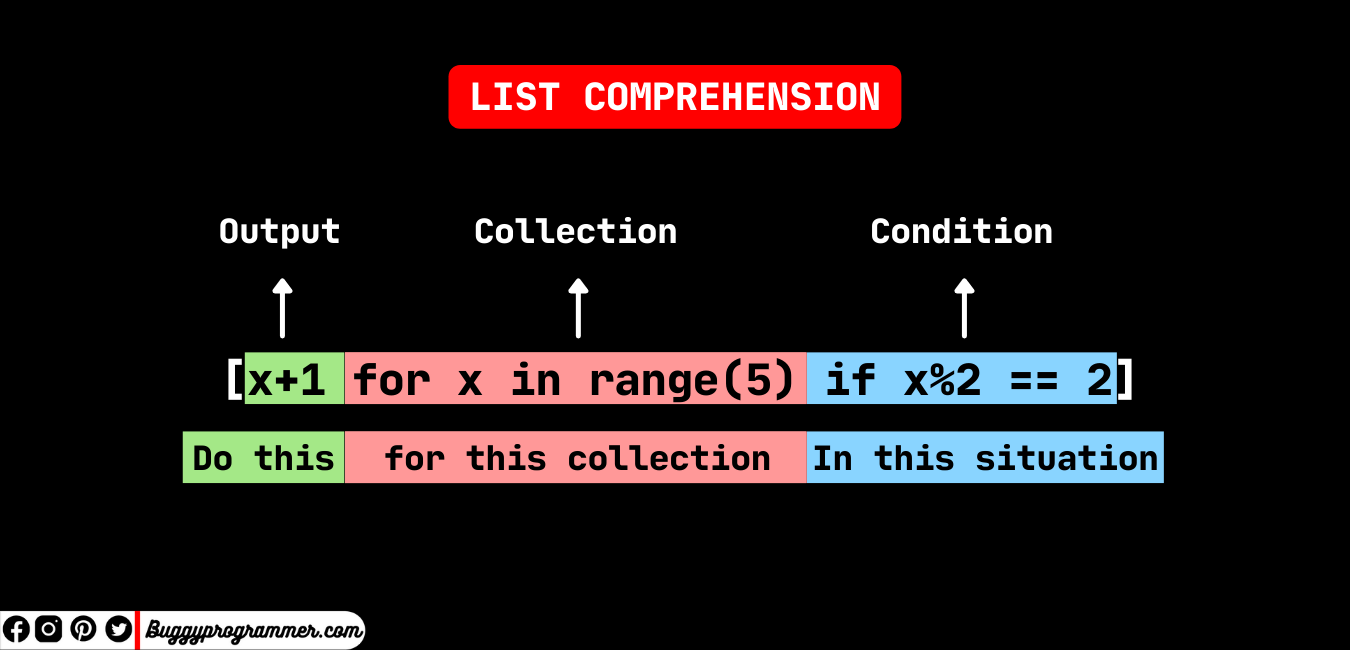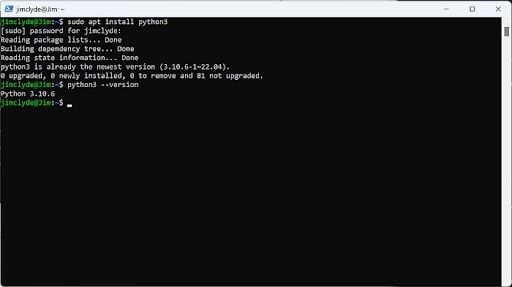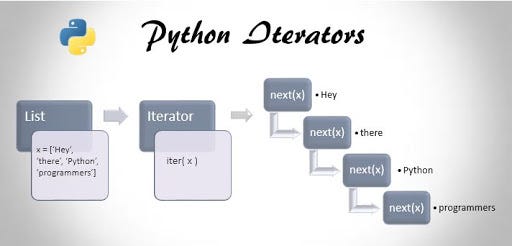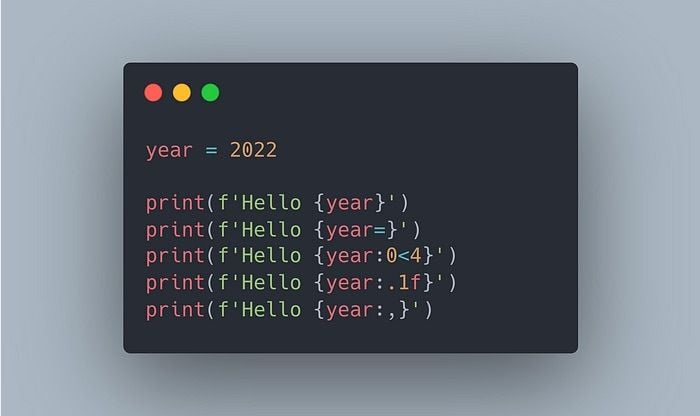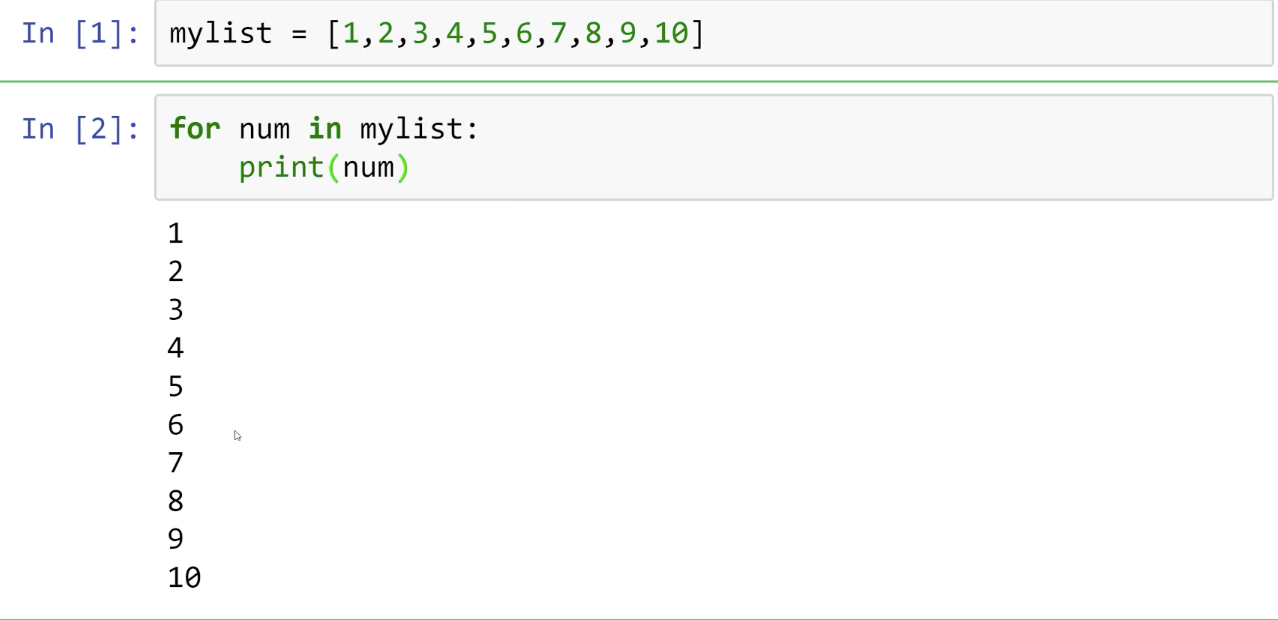How do we call a class in Python?
How do we call a class in Python?

In Python, a class is defined using the class keyword followed by the name of the class and parentheses, which contain any arguments or base classes that it may inherit from.
Here's an example of how you might define a simple class called Animal:
class Animal:
def init(self, name):
self.name = name
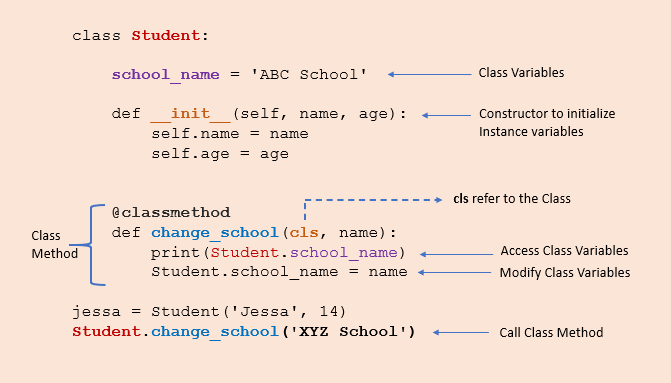
def sound(self):
print("The animal makes a sound!")
my_animal = Animal("Fido")
print(my_animal.name) # Output: Fido
my_animal.sound() # Output: The animal makes a sound!
In this example, the Animal class has two methods: __init__, which is called when an instance of the class is created, and sound, which prints out a message.
The class keyword is used to define the class itself. This keyword can only be used inside a function or module. The first line of any Python class definition must have the form class ClassName: where ClassName is the name given to the class.
When you create an instance of a class, you are creating a separate object that has its own state and behavior. In this example, we created an instance of the Animal class called my_animal. We then used dot notation (e.g., my_animal.name) to access the attributes of the class.
Python supports several types of inheritance: single inheritance, multiple inheritance and method overriding. Single inheritance is when one class inherits from another. Multiple inheritance is when a class inherits from two or more classes. Method overriding occurs when a child class provides different implementation for an inherited method.
Here's an example of single inheritance:
class A:
def method(self):
print("A")
class B(A):
def method(self):
print("B")
In this case, B inherits from A. If you create an instance of B and call its method, it will print "B", even though the original method was in class A.
Multiple inheritance allows a class to inherit from more than one parent class. Here's an example:
class A:
def method(self):
print("A")
class B:
def method(self):
print("B")
class C(A, B):
pass
In this case, C inherits from both A and B.
Here's an example of method overriding:
class A:
def method(self):
print("A")
class B(A):
def method(self):
print("B")
In this case, when you call the method on an instance of B, it will print "B", even though the original method was in class A. This is because the child class provided a different implementation for that method.
Python also supports abstract classes. Abstract classes are classes that can't be instantiated themselves and are used to provide a blueprint for other classes. Here's an example:
from abc import ABC, abstractmethod
class Animal(ABC):
@abstractmethod
def sound(self):
pass
class Dog(Animal):
def sound(self):
print("Woof!")
dog = Dog()
dog.sound() # Output: Woof!
In this case, Animal is an abstract class because it has one or more abstract methods (methods that are declared but not defined). The Dog class inherits from the Animal class and provides a definition for its sound method.
These are just some of the basics about classes in Python. There's much more to learn, such as decorators, static and instance methods, property, descriptor etc., but these should give you a good starting point.
How to call a class without an object in Python?
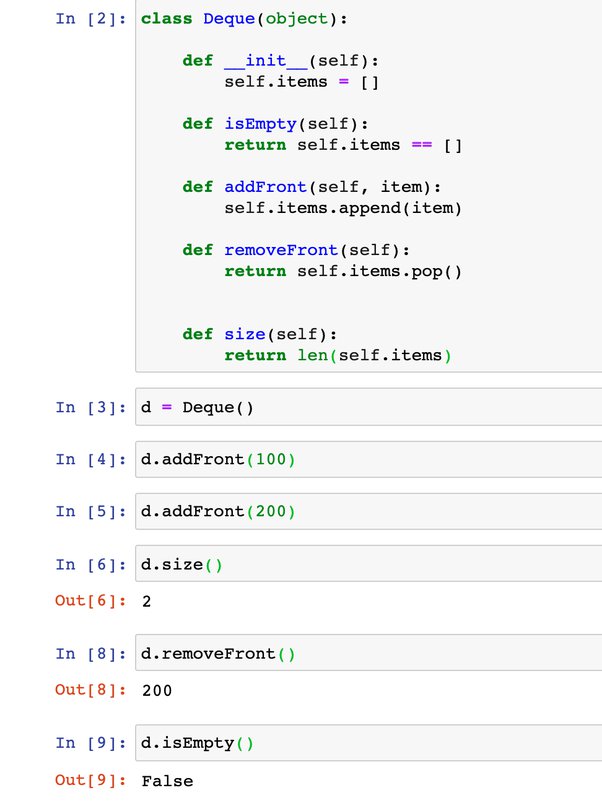
I'd be happy to help!
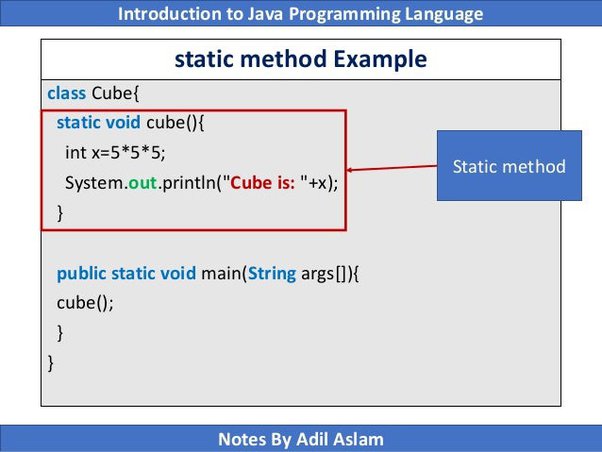
In Python, you can't directly call a class without creating an instance of it. This is because classes are not meant to be executed as standalone code, but rather serve as blueprints for creating objects.
However, there are some exceptions and workarounds that allow you to "call" a class indirectly:
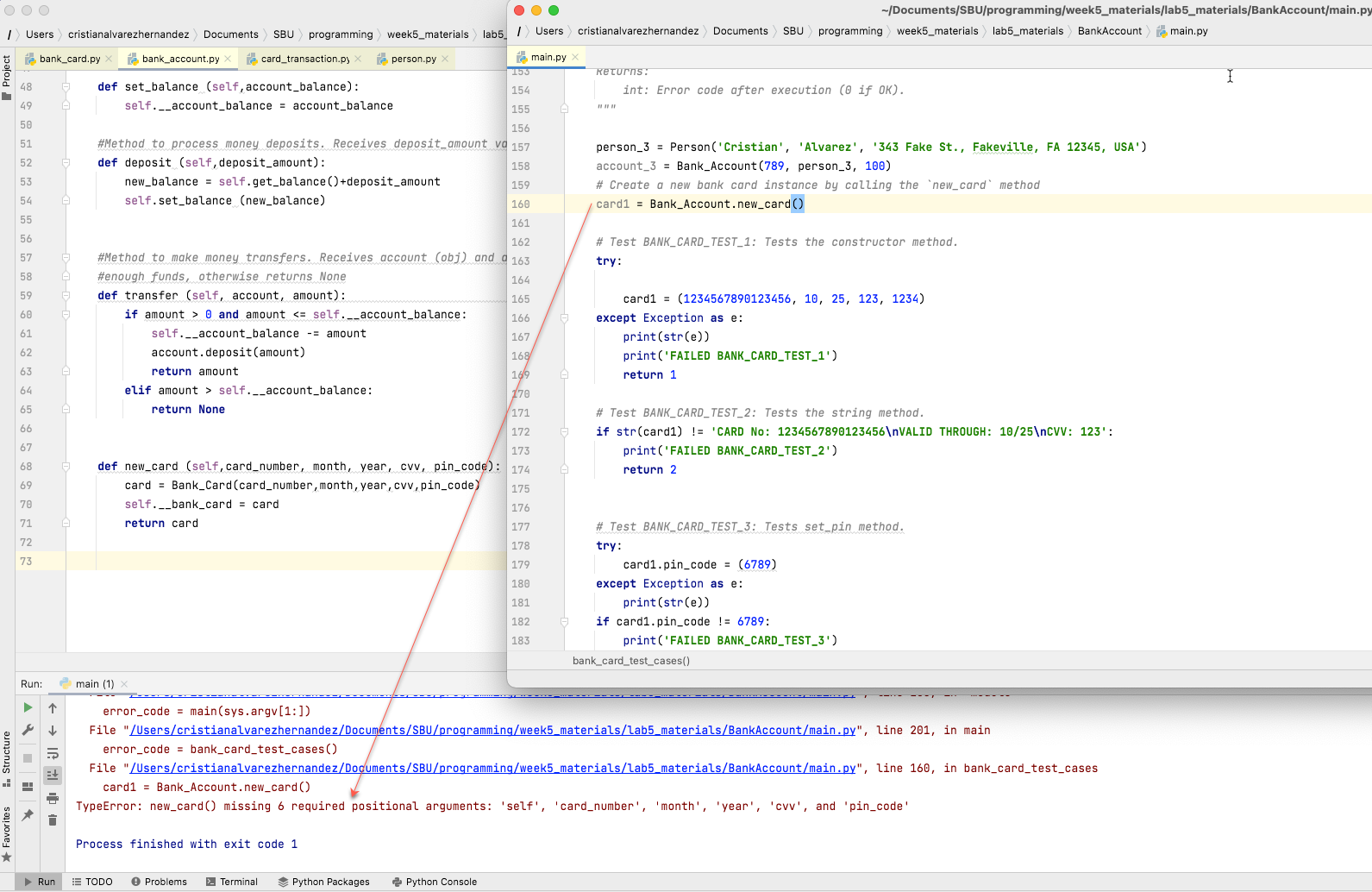
__new__ method: You can define a __new__ method in your class to create an instance of the class when it's called. This method is responsible for creating and returning instances of the class.
class MyClass:
def new(cls):
return super().new(cls)
MyClass() # This will call the new method, effectively creating a new instance
type() function: You can use the built-in type() function to create an instance of a class dynamically.
class MyClass:
pass
my_instance = type('Instance', (), {})(MyClass()) # Creates an instance of MyClass
print(my_instance) # Output: <main.MyClass object at 0x7f9a1f5a8c10>
type() function with metaclass: You can use a metaclass to define the class and then call it.
class MyClassMeta(type):
def call(cls, *args, **kwargs):
return super().call(*args, **kwargs)
class MyClass(metaclass=MyClassMeta):
pass
my_instance = MyClass() # Creates an instance of MyClass
print(my_instance) # Output: <main.MyClass object at 0x7f9a1f5a8c10>
Keep in mind that these workarounds might not be the most straightforward or idiomatic way to create instances, but they can be useful in specific situations.
In summary, while you can't directly call a class without an instance in Python, there are some creative ways to achieve similar results using built-in functions and metaclasses.



